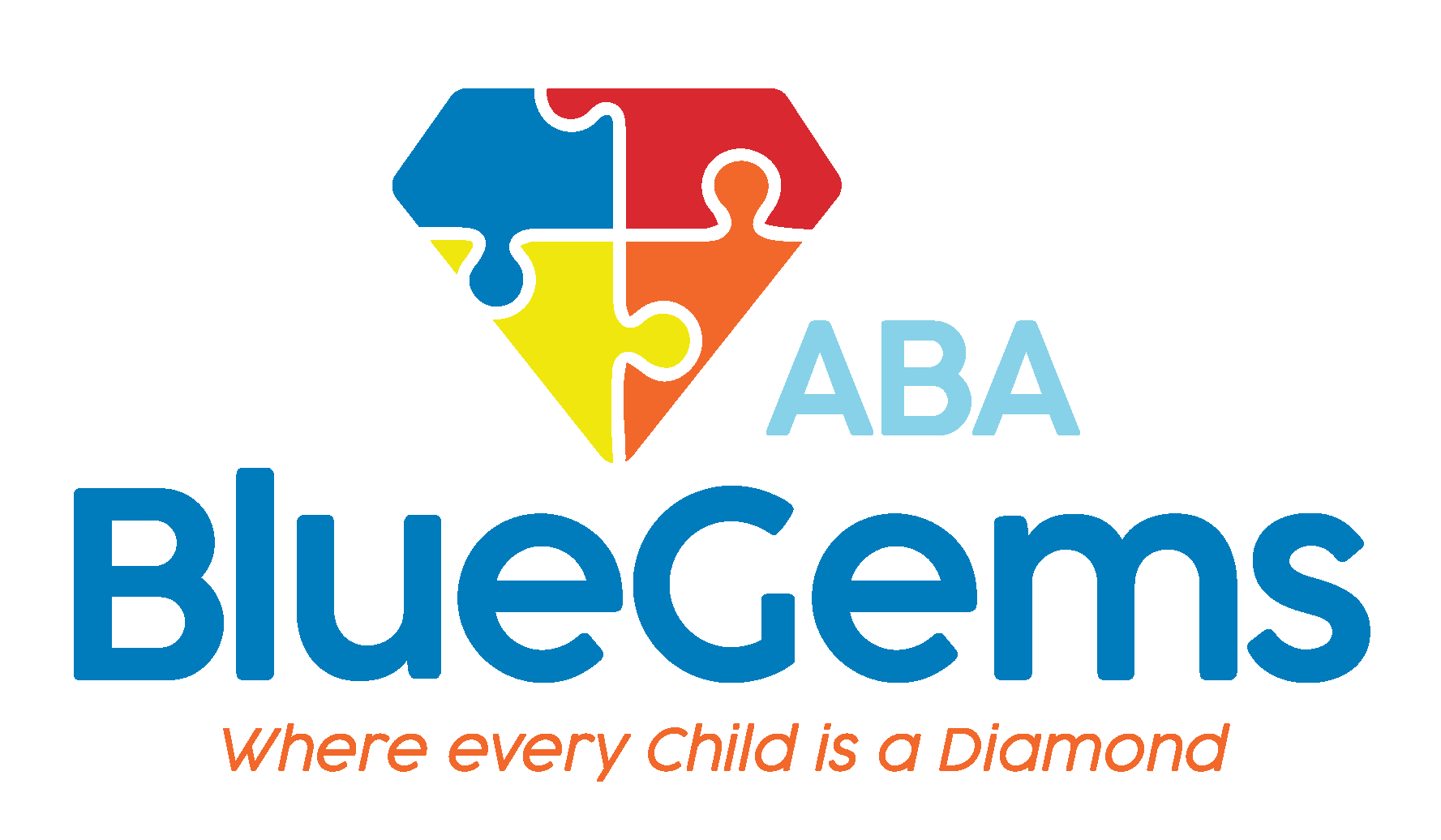What a ‘Break’ Really Means in ABA (And Why It’s Not Just Free Time)
There are many essential skills that applied behavior analysis, or ABA therapy, teaches children with autism spectrum disorder (ASD). This includes social, communication and daily life skills, in addition to learning how to modify certain behaviors that might be considered negative, harmful and/or disruptive.
ABA therapists have many different tools and strategies at their disposal to administer the treatment, all of which is based on the specific strengths, challenges and preferences of each individual child.
While ABA therapy is intensive treatment that requires many hours per week in most cases, it also involves structured breaks. These aren’t just scheduled pauses in the therapy; they also help teach children with autism essential skills such as emotional control, self regulation and sensory management.
In this article, we’ll further discuss what a “break” really means in ABA therapy, and why it’s not just free time.
Table Of Contents
Why Breaks Are Important
No matter who you are and what you do, you need a break from time to time. They allow you to relax, refresh and rejuvenate so that you can come back to the task at hand at your best.
Most workplaces have scheduled breaks for all employees. Schools have them, too, though they come in different forms such as lunch, recess and study halls.
ABA therapy can be considered similar to work and school in terms of the daily structure. After all, it will often take up a significant chunk of a child’s time during the day-time hours.
As such, it’s important that they receive similar breaks to adults at work and other children at school so they can relax and refresh.
Children with autism, though, might have more trouble taking breaks and using them to their advantage as neurotypical individuals can. In other words, they may not be able to recognize times when they need to take a break.
This makes it incumbent on the ABA therapy team to work in structured and scheduled breaks so children can get the rest they need while also understanding the importance of breaks in other aspects of their lives.
What Breaks in ABA Therapy Might Look Like
Since children with autism thrive on routine and structure, ABA therapy often schedules and structures brain breaks for patients. This means that the breaks aren’t just time for the children to do what they want, but are often structured activities that allow their brain to not have to concentrate on learning new skills.
One example might be engaging in sensory activities such as playing with clay or kinetic sand, practicing mindfulness such as guided meditation or deep breathing exercises, or engaging in physical movement such as walking, jumping or playing outside.
What your child’s break looks like will be dependent on what their specific sensory needs are. Some children with autism will benefit from physical activities while others benefit more from calming activities.

No matter what the breaks look like, they provide significant benefits to children in ABA therapy. They have been proven to increase focus as well as enhance brain activity, which can make learning more effective and efficient.
In addition, incorporating scheduled and structured breaks into ABA therapy teaches children the importance of breaks from a young age, which is important for them to carry with them as they grow older. It helps them regulate their emotions, build self-awareness and develop strategies for how they can occupy their time and refresh themselves independently.
All of this results in children experiencing less stress, improved engagement and better emotional wellness.
Blue Gems ABA Structures Breaks Into Treatment Plans
Taking breaks is essential for everyone, regardless of their age or activity in which they’re engaging, and ABA therapy is no exception. By integrating scheduled and structured breaks into treatment, therapists can help children with autism refresh and rejuvenate, while also learning the importance of breaks for other aspects of their future life.
At Blue Gems ABA, we work with children with autism to help them build the skills necessary to live as independently as possible. One aspect of that is structuring breaks into our treatment plans, to achieve the best results now and long into the future.
To learn more, please contact us today.




